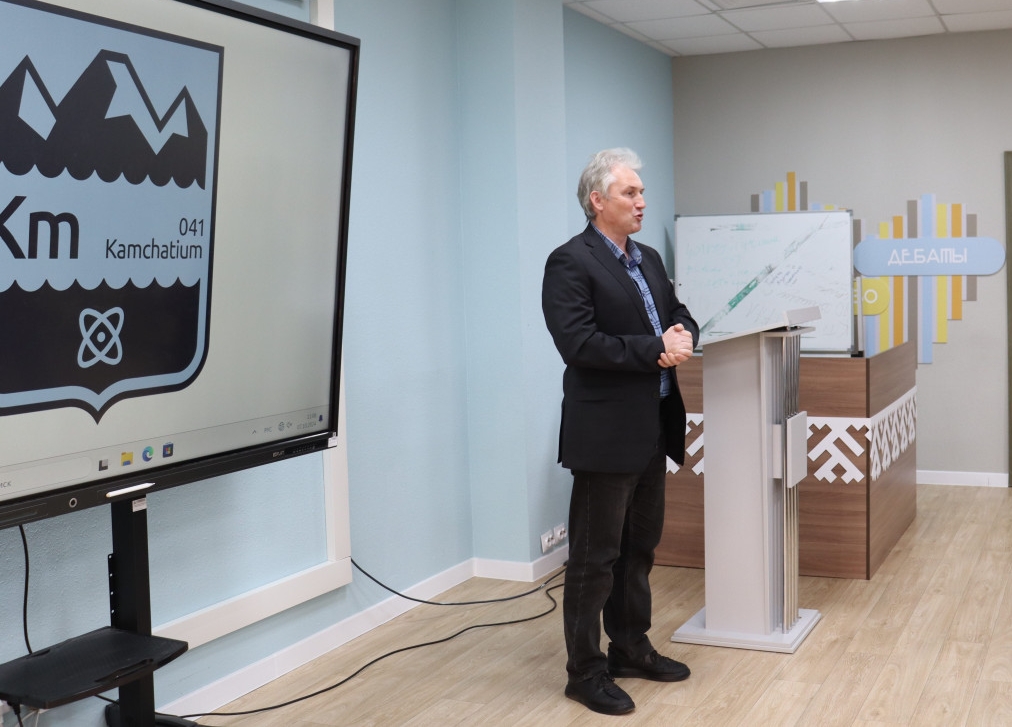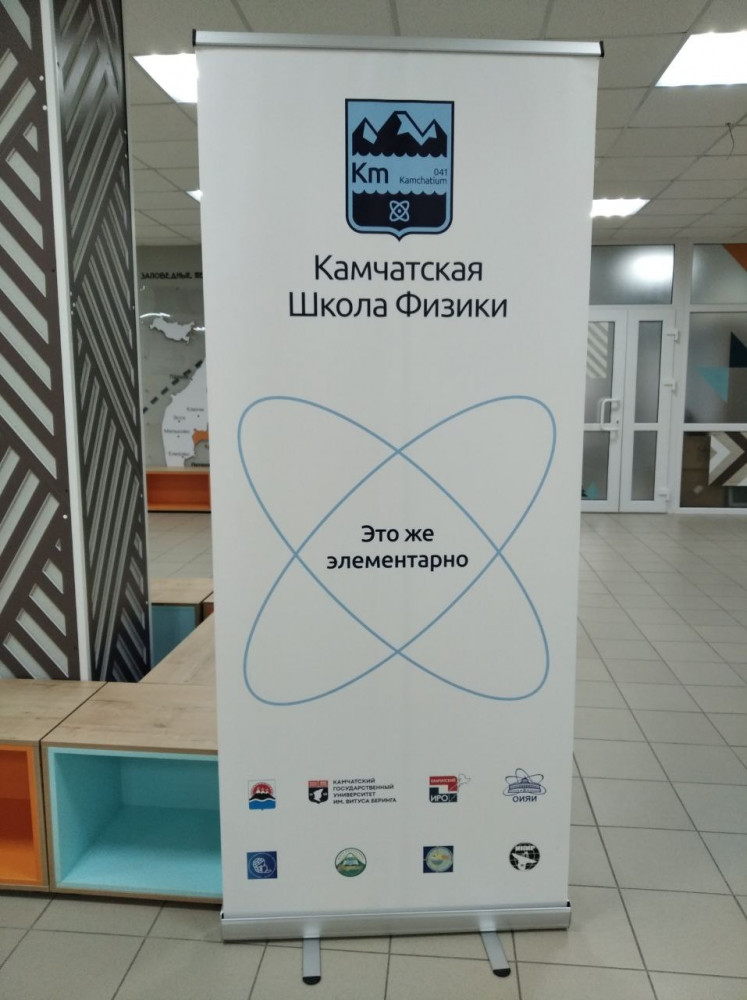Recent news
“Physics School in Kamchatka – 2024” has completed its work
Interesting scientific program with the lectures from the teachers from MFTI, OIYuI, SGU, IGKh SO RAN, RGMU, GAGU, Skolovo center for sustainable development was organized for university and school students. Moreover, participants of the School visited scientific organizations of Kamchatka region, one if which is the IKIR FEB RAS.

Senior school students from Petropavlovsk-Kamchatskiy, Elizovo and Viluchinsk visited IKIR FEB RAS on October 9. After the excursion to the Patatunka Complex Geophysical Observatory, the students were offered an interactive competition: they had to choose one object, having the highest magnetization, from a set of different things (nails, paper clips, spoons, etc.). There was a GSM-19W magnetometer, which measured magnetic induction module F. The measurement results were displayed on a monitor in on-line mode. A selected object was placed near the magnetometer sensor and the curve behavior on the screen showed the magnetic effect created by an object. The participant, who selected a flash-card as the object having the highest magnetization, became the winner.

The next day, on October 10, students from Moscow, St. Petersburg, Moscow and Saratov regions, Adygeya Republic, Krasnodar and Kamchatka regions visited IKIR FEB RAS.

They listened to the lecture on space weather, during which the following issues were discussed: solar activity periodicity, means for the investigation of the solar wind and the Sun X-radiation. The lecture was also devoted to the network of magnetic observatories in Russia and in the world, main space events (flares, coronal mass ejections, magnetic storms) and the magnetosphere structure.

Then the guests of the Institute went to the excursion to Paratunka Complex Geophysical Observatory. They visited the magnetic building for absolute observations carried out with LEMI-203 and POS-1 magnetometers and the technical building with recording instrumentation. The student got to know about the history of the Observatory and its tasks, about the magnetometers used, about specifics of manual observations in the absolute building. In the technical building, on the monitor of the recording computer, the participants could assess magnetic disturbances, the so-called “artificial magnetic storm”, which they generated when they were walking by the POS-1 magnetometer.

After the theoretical part, the students proceeded to the practical work, guided by the staff of the Institute.



